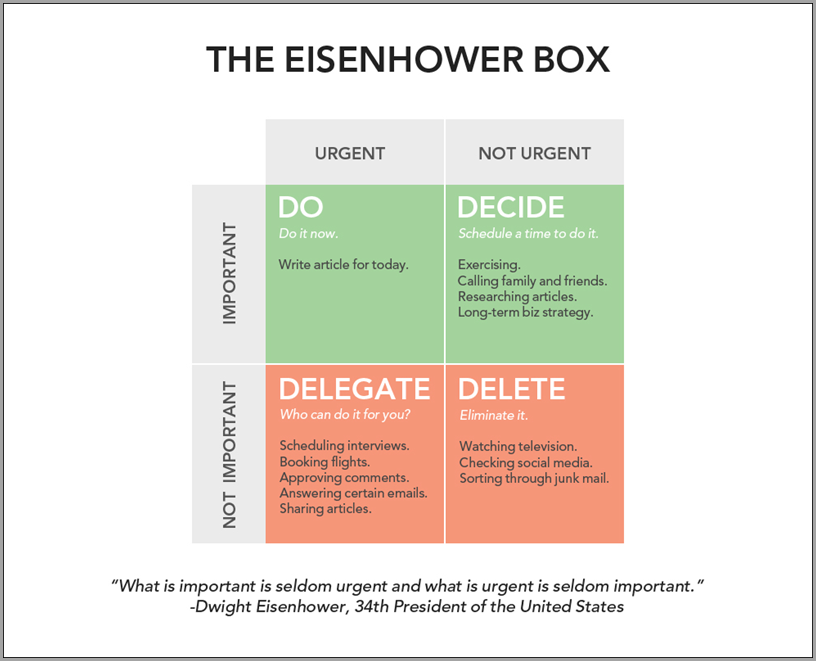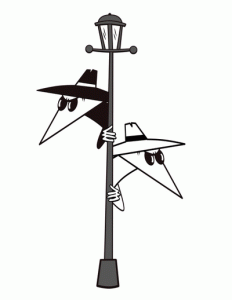— June 28, 2018

Most people these days drink from a firehose of information, working like a robot and still complain about low productivity. While productivity levels might fluctuate from individual to individual, scoring low on productivity more than a few times can be detrimental for work.
For most people, there is a limit to which they can stretch themselves. After that, you are bound to break down. The huge burden of unfinished tasks takes a toll on your relationships as well as your physical and mental health.
If you are having trouble finding the motivation to get up and go to the office, then it is time that you change your working style. Because this is a classic symptom that surfaces near your break down limit.
Everyone has 24 hours in a day. Some people like Elon Musk can manage multiple billion-dollar ventures while others struggle to do even the basic things. One of the key skills that differentiate the successful from the average is – Productivity.
Like all other skills, productivity can be learned with practice and persistence.
Try to follow these productivity hacks to enhance your productivity and do more in less time.
1. Prioritize your work
First and foremost, don’t waste your time on stuff that is not yours to do, or is not required right away. Until you learn to prioritize, you will find yourself running from pillar to post with a pile of mismanaged work. Setting priorities lets you be in control of the whole situation and manage it efficiently.
The 34th President of United States, Dwight Eisenhower is considered to be one of the most productive people on Earth. His strategy to get the most out of life is now popularly known as the Eisenhower Matrix, and is the key to boost your productivity.

This matrix clearly defines how to segregate your tasks based on urgency and importance. Important tasks are those which directly or indirectly contribute to your long-term goal. So, define what you want from your life, and start with this matrix.
a. Not Urgent and Not Important
Simply eliminate these tasks out of your work pile. If elimination is not possible, reduce them to the bare minimum and put them on the last priority. This simple step will help you get rid of the junk that was posing as work.
b. Urgent but Not Important
Tasks, like formatting a report, taking appointments, booking travel itineraries, and sending bulk e-mails can often be delegated or outsourced. Assign them to someone else and just take follow-ups on the status.
c. Important but Not Urgent
These are the tasks that are important to take up in achieving your goals but are often ignored because we are busy doing unimportant tasks that are urgent. Plan these tasks, schedule them beforehand and stick to your schedule to do them.
d. Important and Urgent
Three words, “Just Do It”. Leave everything else, concentrate your mind and just start working on these tasks.
Once you have the segregation, elimination, delegation, and prioritization in place, you’ll find yourself in a much more commanding position in your life.
2. Schedule your tasks smartly
In simple terms, don’t bite off more than you can chew. It’s good to be ambitious, but that doesn’t mean you should cramp up your schedule with a lot of tasks. Try to focus on one big task each day that takes you closer to your long or short term goals and make sure that you clear it up within the day.
Put other smaller tasks on the waiting list, and take them up when you finish the main task that you have scheduled.
Once you shift your energy from scheduling more tasks to actually doing one task a day, you’ll find that the work pile has started to shorten down slowly but steadily.
Besides, don’t leave the bigger and more complex tasks for last, take them up first. Brian Tracy, the author of “Eat that Frog” dives deep into the importance of accomplishing complex tasks first. The tasks that you fear the most are the root of your problems, and once you are done and dusted with them, even a bigger pile would look less intimidating.
3. Use technology to help
There are so many software programs on the market to help you in your quest. First of all, use simple project management software to plan out bigger projects and break it down into smaller chunks with milestones and a timeline.
Such a project management tool can be a lifesaver and let you have a clear overview throughout the project lifecycle. Other than that, use note-taking tools like Evernote or Onenote to register and segregate your thoughts and information.
Learn to use Google Calendar, Gmail, and other G-suite programs effectively to boost your productivity.
4. Reduce the transition time between tasks
In most of the cases, you’ll have multiple tasks to do on the same day, which are often related to completely different subject matters. For example, you may have to work on a presentation for a venture capitalist from 9 AM to 11 PM and take up production planning at 11:00 PM.
Many of us are not able to completely shut down the previous task and begin the new one. Actively work on your strategy to reduce this transition time to as minimal as possible.
Take short breaks once you finish a task, or even between a big task for meditation, exercise or other refreshing activity like ping-pong. During this break, your mind will get out of the previous task and you’ll be ready to take up the next one.
5. Eliminate interruptions while working
Technology enables us to stay connected to the world at all the times. But, it is not necessarily a good thing. It happens a lot that you are working in full flow, your mind is completely focused and you are actually getting things done when suddenly your phone rings.
Make it a habit that you put your phone on silent mode (without vibration) before sitting down for work. Internet is also a major distraction. If you don’t require help from it in your work, switch off your laptop’s Wi-Fi. Learn to say “no” to your colleagues and even your seniors when you are working on something.
If new tasks come your way, don’t leave your current work and start with the new task straight away. Clarify your situation, write down the task in your to-do-list and schedule the task at a later point in time when you are free.
6. Batch similar tasks together
This is a simple, yet effective technique for increasing your productivity. While scheduling tasks, put the same tasks together to reduce the transition time of your brain from switching between tasks.
For instance, suppose you have to do sales calls and send out follow-up emails to them. Try to dedicate 1 hour just for calling the clients and noting down any important details down on a piece of paper.
Once you are done with the calls, take out another hour to just send the emails to them. Use templates to speed up the process even more. This way, you’ll definitely get more done in less time.
7. Conduct meetings effectively
Although meetings are imperative for discussions, they can eat up your time if not intricately planned. If you are invited to a meeting, make sure that the agenda of the meeting has been crisply stated beforehand, so that everyone can prepare.
Learn to say no to those meetings where you feel that your presence is not necessary. One innovative way to shorten the duration of such meetings is to conduct stand-up meetings. Simply remove the chairs from the meeting room and watch the productivity of the meeting shoot up significantly.
Conclusion
Increasing your productivity is the stepping stone towards a wholesome life with low-stress levels and improved happiness. Anyone is not born productive or unproductive. It is a skill that can be honed with conscious efforts and persistence.
So start working on your efficiency today, and live your life to the fullest.
Business & Finance Articles on Business 2 Community
(107)








